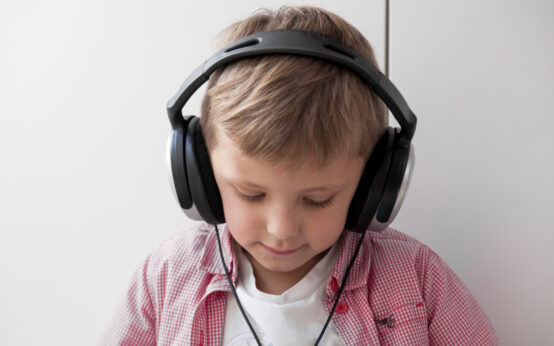Introduction
Autism Spectrum Disorder (ASD) presents various challenges, particularly in sensory processing. Within this array of challenges, certain individuals with autism may experience discomfort from hugs due to heightened sensitivity. Here’s a comprehensive exploration of hugging and autism, along with alternative approaches to foster emotional connections.
Why Hugs Can Be Challenging
Many children with autism exhibit sensory processing difficulties, leading to hypersensitivity to touch. Consequently, they may exhibit aversion to physical contact, including hugs.
Moreover, individuals with autism often struggle with social interactions, which can manifest as avoidance of hugs and other forms of affection.
Research suggests that touch sensitivity in autism may stem from neurological differences, making physical contact overwhelming for some individuals. Despite these challenges, it’s essential to recognize alternative means of emotional expression and connection.

Alternative Approaches to Hugging
Rather than traditional hugs, several alternative methods can provide emotional comfort without overwhelming sensory input:
- Starfish Hug:
Inspired by the character Julia from Sesame Street, the starfish hug involves placing palms together with fingers spread, simulating the sentiment of a hug without direct physical contact. - Elephant Hug:
Mimicking an elephant’s trunk with arms while touching fingertips, this gesture sparks imagination and offers a comforting touch without the intensity of a full hug. - High Fives:
Offering a quick, energetic gesture of encouragement involving minimal physical contact, high fives provide a positive alternative for those uncomfortable with hugs. - Handshakes:
While more formal, handshakes offer a respectful form of touch involving only hands, suitable for individuals who may find hugs overwhelming.

Addressing Hug Deprivation
While some autistic individuals avoid hugs, others may seek them for emotional comfort. Here are strategies to help individuals feel embraced:
- Weighted Blankets:
These blankets provide a calming, hug-like pressure that can alleviate anxiety and promote relaxation, offering comfort to those who seek the sensation of a hug. - Self-Hugging:
Encouraging individuals to wrap their arms around themselves for a self-hug, accompanied by deep breaths and gentle rocking, can provide a soothing sensation akin to being embraced. - Cuddling with Pets or Stuffed Animals:
Pets and plush toys offer companionship and comfort, allowing individuals to experience the warmth of a hug through cuddling. - Engaging Other Senses:
Encouraging individuals to engage their other senses, such as touch, sight, or sound, can distract from the desire for hugs and provide alternative sources of comfort and emotional connection.

Conclusion
Understanding the complexities of hugging and autism is crucial for supporting autistic individuals in navigating social interactions and emotional expression. Whether individuals seek or avoid hugs, providing alternative approaches and tools for self-soothing is essential for promoting their well-being and fostering meaningful connections.
Source
- Grandin, T. (1992). Calming Effects of Deep Touch Pressure in Patients with Autistic Disorder, College Students, and Animals. Journal of Child and Adolescent Psychopharmacology, 2(1), 63-72.
- Jones, L. & Powell, S. (2020). Exploring Sensory Processing in Autism Spectrum Disorder. Pediatric Health, Medicine and Therapeutics, 11, 73-80.
- Myles, B. S., & Simpson, R. L. (2002). Asperger Syndrome: An Overview of Characteristics. Focus on Autism and Other Developmental Disabilities, 17(3), 132-137.







